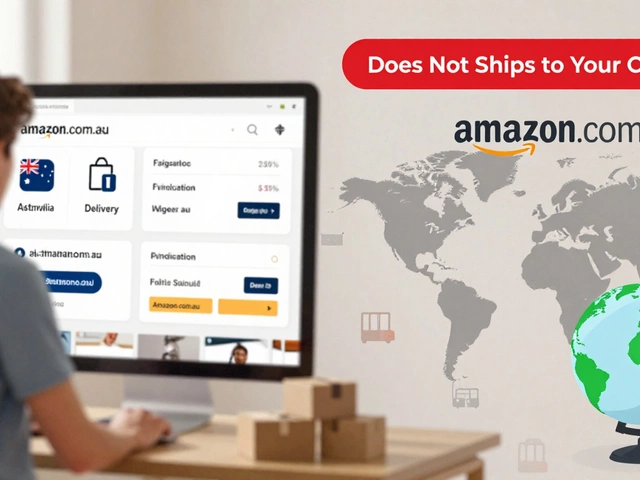Mail Options: How to Choose Between Mail and Courier Services
When you need to send a package, the first question is often "mail or courier?" The answer isn’t always clear because each option has its own price, speed and handling rules. Below we break down the main differences so you can pick the right service for your needs without guessing.
When Mail Makes Sense
Standard mail is usually the cheapest way to move small, low‑value items. If you’re sending letters, invoices or a light box that fits inside a regular envelope, the post office will charge far less than any courier. Mail also works well for bulk shipments where speed isn’t critical – think newsletters, catalogs or seasonal promotions that can take a few days to arrive.
Another advantage is coverage. National postal services reach almost every address, even remote villages that couriers often skip. If your recipient lives in a hard‑to‑reach area, using mail may be the only realistic choice.
However, mail does have limits. Weight caps are low (usually under 2 kg) and tracking is basic. If you need detailed status updates or insurance for a valuable item, standard mail may fall short.
When a Courier Is Better
Couriers shine when speed and reliability matter. Same‑day, next‑day or guaranteed delivery windows are common with services like UPS, FedEx and DHL. If a customer expects a package by tomorrow, a courier is the only way to meet that promise.
Couriers also handle larger parcels, pallets and fragile goods more professionally. They offer robust tracking, insurance options and easy package pickup from your door. This saves you time and reduces the risk of lost or damaged items.
Cost is higher, but the extra price often pays off in reduced hassle. For e‑commerce sellers, a fast courier can boost customer satisfaction and lower return rates. For businesses moving inventory between warehouses, the speed and reliability of a courier can keep the supply chain moving smoothly.
One tip many overlook: compare the exact rates for the size and weight of your parcel. Some couriers have flat‑rate boxes that end up cheaper than standard mail for medium‑size items. Use the calculators on their websites to avoid surprises.
In short, use mail for simple, low‑value, non‑urgent shipments that need wide coverage. Choose a courier when you need speed, tracking, insurance or to ship bigger items. By matching the service to the package, you keep costs down and customers happy.
April 16, 2025
Evelyn Wescott
0 Comments
Ever wondered which mail service guarantees that your package arrives the very next day? With various overnight delivery options available, choosing the right one can save time and hassle. From USPS Express Mail to FedEx and UPS's next-day services, each offers unique features and pricing. Understanding the differences can ensure your important parcels reach their destination on time. This guide breaks down your overnight delivery options for easy decision-making.




